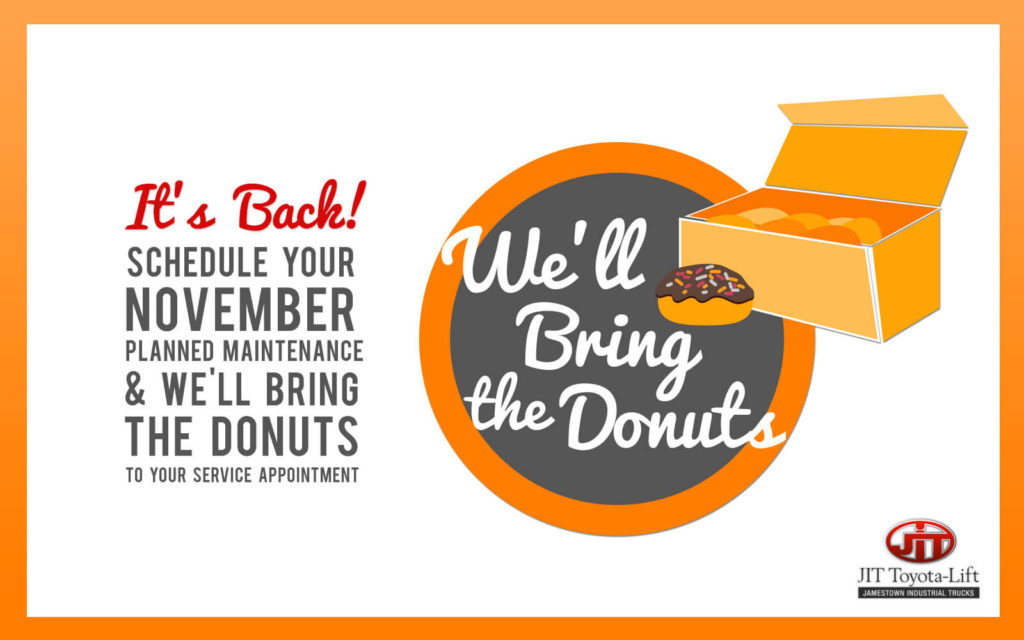A Healthy Dose of Planned Maintenance

Poor maintenance habits can put the lives of the people who work on the equipment at risk; it can also affect the financial health of the business. In order for a company to remain competitive should must follow sound vehicle and equipment maintenance procedures.
Companies with ineffective maintenance programs usually suffer from one or more of the following problems:
- The maintenance staff is unable to foresee a problem before it happens; no one is looking to identify problems with the equipment until something actually breaks down.
- When a breakdown does occur, only the immediate problem is addressed to enable the equipment to be put back into service as quickly as possible.
- Breakdowns are frequent, usually severe and expensive. Equipment is out of service for extended periods of time.
- The maintenance staff is so busy dealing with emergency repairs that there’s no time to investigate problems that are likely to arise in the near future.
All of these are symptoms of a reactive approach to problems. Maintenance operations that function this way experience a lot of unnecessary expense, not to mention increased risk of equipment failure and accidents.
The goal should be a proactive approach to safety and maintenance. Here, prevention is the main objective.
The way to change from an inefficient and costly reactive approach to a more responsible and cost-efficient proactive approach is to adopt a Planned Maintenance Program (PM).
Planned Maintenance programs include a number of procedures that, if done on a regular basis, will significantly extend the life of the vehicle. This will include such things as changing of oil and filters; cleaning and lubrication; checking of all fluid levels; inspections for fork wear or chain stretch, vehicle inspection; and operational checks.
Planned Maintenance is comprised of analytical and troubleshooting techniques, which are designed to alert the mechanic of the presence of factors that could cause future problems. Every vehicle is put on a schedule to be serviced. A good rule of thumb is after every 200-250 hours of operation. Check your owner’s manual for the OEM’s suggested schedule.
- All the necessary oil, oil filters, air filters, fuel filters, belts, grease etc are kept on hand and ready in advance of the scheduled service.
- All staff understands the importance of the program and permit the equipment to be taken out of service for its scheduled maintenance. No excuses.
Many companies who find it difficult to self-manage a Planned Maintenance program realize a benefit in hiring an outside forklift repair company to schedule and perform the PMs. Your local dealer can help you set up your own PM program, or provide you with a cost effective way to out-source the job.
A company who implements a regular PM program will begin to see benefits very quickly. Not only will a sound maintenance program increase reliability and safety, it will also reduce downtime, contribute to profits, and enhance the competitiveness of your business in the marketplace.

